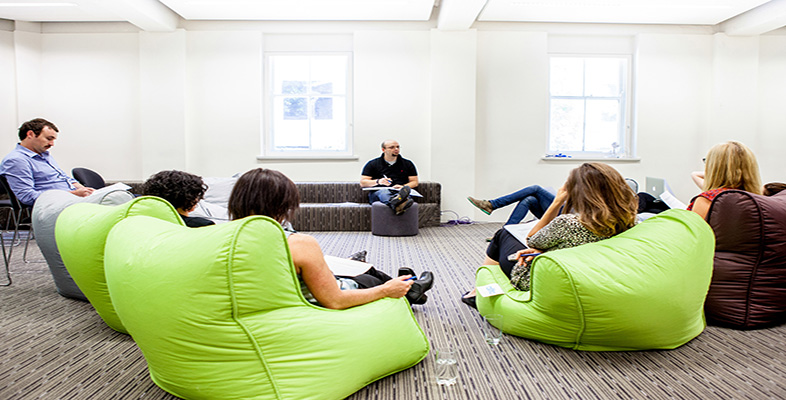6.1 Under-participation
Some participants are very quiet and aren’t participating in the discussion.
The challange
- While some people speak up, others sit in silence.
- When asked if they have anything to say, they decline.
- Sometimes an entire group will sit back and say nothing.
What’s really going on
- Some people are unaccustomed to attending meetings, let alone being asked to participate in discussions.
- Some people feel insecure about the quality of their ideas.
- Others may fear that their ideas aren’t going to be heard or, worse, fear that they’ll actually get rebuked for speaking out.
- Participants may be afraid of saying something inappropriate in front of their peers or managers.
- The presence of a senior person may intimidate participants and cause them to shut down.
- Over-participants may be shutting down the quieter people.
Facilitator pitfalls
- Failing to find out if the presence of certain people might have a negative effect on participation.
- Assuming that quiet people have nothing to add.
- Sticking with a large group format for most discussions.
- Not setting ground rules that create safety and comfort at the meeting.
- Leading a discussion in which only the high participants have a voice.
- Forgetting to invite quiet people into the conversation.
Intervention strategies
- Put people at ease at the start of the session by assuring them that no one will be asked to do anything that puts them on the spot.
- Design your meeting around techniques that create safety and get everyone involved (e.g. get people to talk in pairs before talking in a bigger group; use small group discussions; invite people to write their ideas on Post-it notes or flipcharts distributed around the room).
- Encourage the group to create ground rules that encourage open participation by asking: ‘How can we make sure that everyone participates and no one dominates?’ or ‘What conditions or assurances would encourage people to speak freely?’
- Maintain eye contact with the under-participants so they know they’re not forgotten and are always welcome to add their views.
- Call on quiet people by name, especially if their body language indicates that they may have something to say.
- Find non-threatening roles for quiet people, such as timekeeper, to make them feel valued.
- Encourage under-participants by thanking them for contributing.
